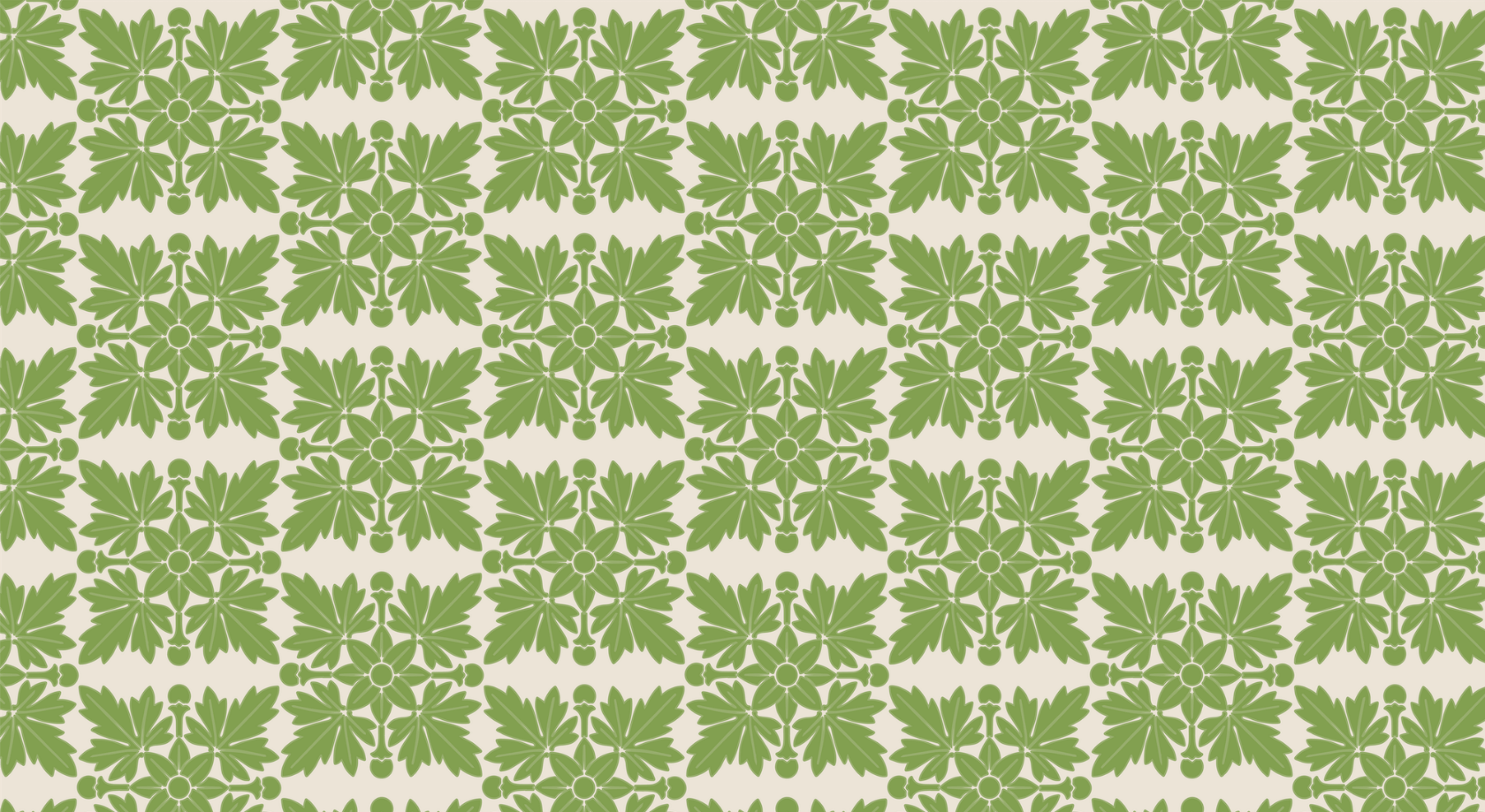
The Storyboard Delights Process

Bean-to-Sculpted-Head Process
Our head-making process is a bit arduous, but we’ll lead you through it so YOU too can make sculpted heads with single-origin homemade chocolate at your leisure!
First, sculpt a head in SuperSculpey clay (we use the gray “Firm” type for better detail). You’ll have to design the shape of the head in a way that it releases from the mold without breaking, which can be tricky, frustrating, and downright rage-inducing. Now that your head is sculpted to perfection, bake it in the oven for a bit so it hardens, then spray your cooled head with a shiny, or less-than-shiny sealant (your choice).
Now it’s time to make your own mold! We use two-part liquid silicone from a company cleverly named Make Your Own Molds at www.makeyourownmolds.com. We’ve found it’s best to use food-grade silicone to avoid poisoning your chocolate-loving friends. Build some walls around your sculpture (pro-tip: don’t use oil-based modeling clay for the walls, it’s a colossal mess), paint your sculpture with silicone, then pour it right over the top of the head slowly, like a 1997 Nickelodeon kid being slimed. Walk away and forget about this for 4-5 hours. Have fun; exercise; know in your heart that you’re a good person; learn the proper use of a semicolon, and after waking at 2:38 am with a jolt, remember that you forgot your setting mold in the garage, and put on a silken robe and slippers; it’s time to get to work! Remove your sculpture from the silicone; pop it out, or cut it out (depending on how clever you were during the sculpting process), and Ta-Da!! You’ve made your own mold!
Supposing you’d like to fill the said mold with scratch-made chocolate you’ve made yourself, you’ll have to invest in a grinder. A ten-pound grinder is roughly $300 new, from www.melangers.com. Many things can go wrong just so you know…..stories I have heard or witnessed from Eric; He overheated the drum with a heat gun so the epoxy failed and drained 10 lbs of chocolate all over the floor; He put the scraping wings too close to the sides and created a rare vortex that sucks chocolate into the shaft space and down into the motor, thus freezing all moving parts with crystallized cocoa butter; He tightened the top nut too far, so the drum doesn’t spin, overloaded the machine and sprayed chocolate all over his chest and room; He has done it all and has shared his lessons with me, which I have also had several mishaps, and now I’m almost the expert Eric is, lol.
Now that you’re an expert too, it’s time to grind some cocoa! Developing a relationship with a cacao farm in equatorial lands can be overwhelming if you’re concerned about fair trade, and keeping child labor out of your chocolate (AND YOU SHOULD BE!). In the beginning, you likely won’t be able to develop personal relationships with the farms, but you also won’t have to sacrifice your moral constitution. When we started, we ordered cocao beans from www.chocolatealchemy.com. They source beans from all over the world and clearly mark whether the beans are certified fair trade, organic, and ethically sourced. Great cocoa from good people can be delivered right to your door.
When the beans arrive, they will have been shucked out of the pod at the farm, fermented and dried. These are considered raw beans and ready to be roasted. Roasting is a rabbit hole; much like coffee roasting, there are people who are considered Master Roasters, and all they do is heat cocoa beans to precise temperatures for precise amounts of time while tumbling them in precise ways, all for an ultimate goal of achieving the precise flavor profile they crave. It’s very precise. Or you can throw them on a cookie sheet and hope for the best.
Roasted beans taste surprisingly good. They may be an acquired taste, but by now you will have been forced to taste so many unrefined beans during the roasting process that your body will begin to crave them… taste acquired. It’s time to take those pesky husks off of the cocoa beans; a tedious task, yes, but the intoxicating aroma of roasted cacoa filling your home will be enough to keep your morale high through this process.
First, crack the beans and separate the husks any way you can. Put them in a sack, and beat them with a rolling pin; crack them by hand and get splinters in your palms, purchase a Crankenstein hand-crank cracker online and crank away until your forearms give out. Then, either separate the cracked beans (nibs and husks) by hand or toss them in the air while blasting them with a hairdryer so cocoa dust and husks go all over your kitchen leaving pure cocoa nibs ready to grind, or build your own winnower out of PVC pipe and a shop-vac ( this was the method when the shop first opened). Now we use the Aether Winnower with a modified Champion Juicer attachment, all available through www.chocolatealchemy.com.
You’ve made it through the toughest parts, you’re a hero, and in 52 hours you’ll have 10 lbs of chocolate waiting for you… calling to you. Assemble your grinder, keeping those scraper-wings away from the wall of the drum and not too tight on the top pressure nut, dump a bunch of vegetable oil in the grinder, and let it run for 30 minutes to prime and season the stones. Now wash the grinder, disassemble the stone rollers and wings completely and let them dry for 12 hours (moisture is the arch-nemesis of chocolate). Good morning! Now re-assemble your grinder, keeping those scraper-wings away from the drum, not too tight on the top pressure nut, don’t run the grinder without adding nibs because it will destroy your grinder, so definitely add some nibs, but not too many, maybe a cup at a time, very slowly so the grinder doesn’t clog; you can heat the inside of the drum with a heat gun to help release the cocoa butter and heat the stones, but not too much, if they go over 175 degrees, the epoxy will fail and you’ll need replacement parts, add some melted cocoa butter, get all the nibs in, let them grind a bit, then add your sugar, put the cap on, and let it run for 40 hours! You DID IT!! You’ve made dark chocolate! For Milk chocolate, add powdered milk to the mess. For white chocolate, use only powdered milk, cocoa butter, and sugar. For all other types of chocolates, get creative, add spices, have tons of fun, but only use freeze-dried ingredients or nuts, beware of the moisture!
At this point, you are considered a Chocolate-Maker and deserve a badge for your sash. You have beautiful, award-winning chocolate made from scratch in your kitchen. Let’s go for your Chocolatier badge and try tempering some chocolate!
Tempering chocolate is both an art and a science. My background is in Culinary Arts, specifically pastry and candy making, so I nerd out about the crystal structures, melting points, and physical properties of cocoa butter…..the science behind it all! But never-fear, science is not for everybody. In a nutshell, you want to heat your chocolate to above 113 degrees Fahrenheit in a double boiler (a bowl on top of a pot of boiling water), then dump ⅔ of your chocolate onto a smooth stone slab (don’t forget to wipe the moisture from your bowl!) and move the chocolate around with a scraper. The scraper can be purchased from any home improvement store in the drywall section; formal chocolatier scrapers are exactly the same thing except they’re triple the price. The chocolate will cool as you move it around on the slab, and moving it will get all the good crystals to form in your chocolate as it cools. Once it reaches 82 degrees Fahrenheit for dark chocolate, scrape the tabled chocolate back into the bowl with the other ⅓ of still slightly warm chocolate. Stir the warm and cooled chocolate together with a spatula and watch with delight as your chocolate warms to 90 degrees Fahrenheit but not over 93 degrees Fahrenheit (if it goes over 93 start over and try again). Depending on your chocolate and its cocoa butter content, there are different heat levels you’ll need to reach. There are many great resources out there these days to learn from if you search.
Huzzah! Your outstanding chocolate is now in temper! It will have a perfect shiny sheen, it will snap when you break your bars, and it will have a melting point just below body temperature, so it will melt on your tongue and not on your phalanges. If you have trouble with tempering by hand, you can always use a tempering machine, which takes longer to get into temper, but keeps the chocolate in temper for a longer period of time. I’m not an ‘expert’ in tempering machines yet because I was trained by the French in the classical method of tempering by hand, and testing the temp on your lip of all things. Still learning all about tempering machines myself.
We’ve dillied and we’ve dallied, and now it’s time to get the chocolate into the mold. For these detailed silicone molds, it’s best to use a paintbrush first. Using a small, cheap paintbrush, dab and poke the chocolate into the deepest crevices making sure no air bubbles get caught in the mold. Using a dabbing motion rather than a traditional painting stroke will keep the chocolate crystals from being disturbed and will reduce the likelihood of your chocolate blooming on the surface of your creepy head. Next, fill your mold with chocolate by ladling it fully in a slow, steady stream. If you cut your original sculpture out of the mold, now is a good time to use some rubber bands to keep it together. Let it sit for just a bit until the chocolate sets. Then pop it in the refrigerator for 10-15 minutes to finish the crystallization process.
Take the mold out of the refrigerator, and gingerly remove the chocolate from the silicone. Use your thumbs to go around the edges first, then peel them away gently from the rest of the sculpture. Once the chocolate sculpture is out of the mold, audibly squeal with delight, admire its detail, write poems of its craftsmanship, and the bards will sing of its beauty! You have successfully turned a dry and dusty cocoa bean into a magical edible work of art. Now bite into your sculpture and let the waves of flavor cascade over your body. Bean-to-sculpted-head chocolate tastes arguably better than all other chocolate, and when it’s your own, it will taste as though a great divinity had inspired you. Now go to sleep, I’m sure you’re tired.










